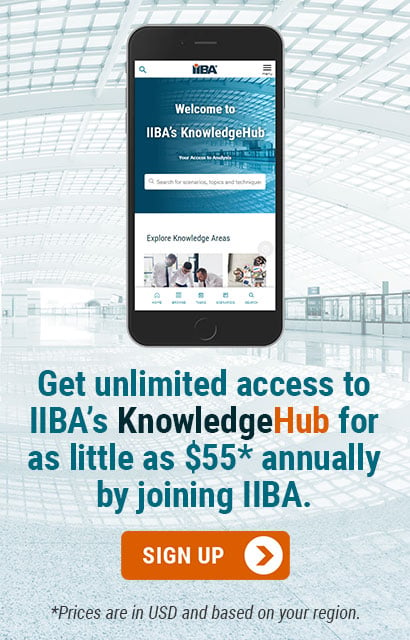
3. Performing Business Analysis
Value to be Delivered
The Business Analysis Standard
Business analysis professionals should help enterprises to create value for their business and stakeholders. Effective business analysis focuses on:
- understanding the enterprise strategy;
- clarifying business problems and opportunities to clearly identify and understand business needs;
- identifying the potential value to be created;
- translating business needs into goals that support the development of high-value solutions;
- discovering, interpreting, and communicating business information;
- understanding and sharing knowledge of the value to be created;
- identifying who:
- the value is being created for;
- can contribute to the creation of value; and
- may be impacted;
- helping stakeholders to stay focused and make decisions about:
- approaches;
- priorities; and
- trade-offs;
- balancing value creation within:
- constraints;
- different opinions;
- risks; and
- complexity.
- clarify business needs with stakeholders;
- define the value to be delivered through solutions; and
- implement the desired change within the context.






















